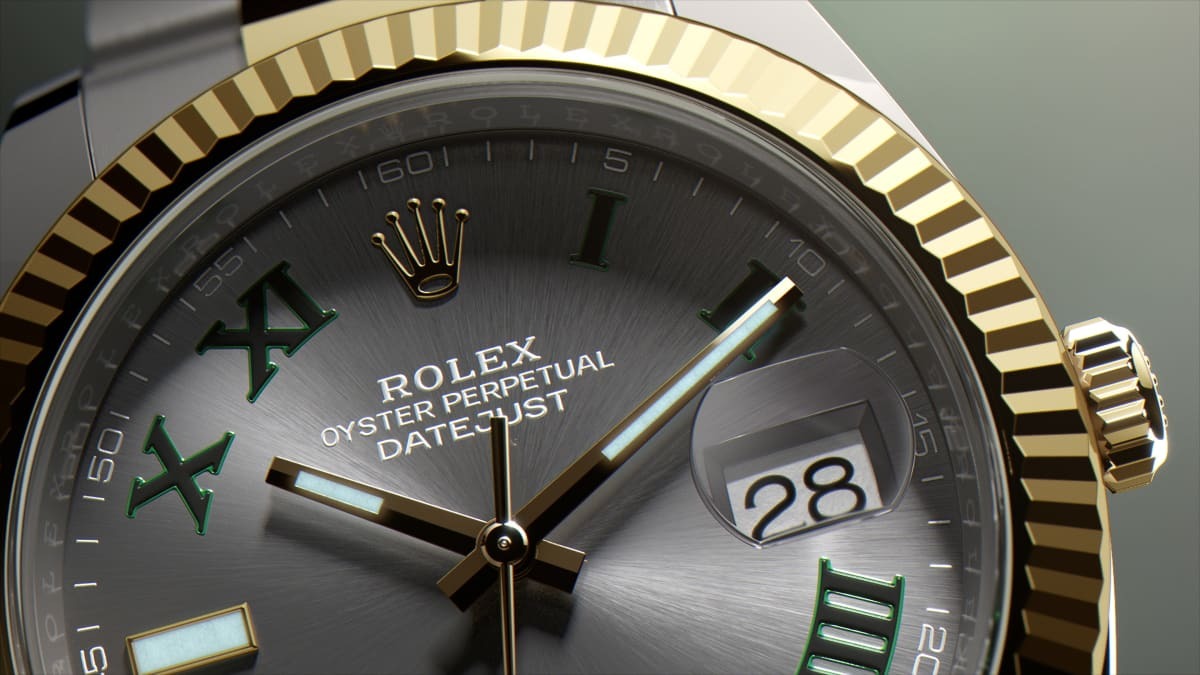Rolex vs Omega: Which Luxury Watch Brand Is Better?
When it comes to the world of luxury watches, two names consistently dominate the conversation: Rolex vs Omega . Both brands have a rich heritage, exceptional craftsmanship, and a loyal following among watch enthusiasts and collectors. But if you're trying to decide between these iconic timepieces, you may be wondering: Which one is truly better — Rolex or Omega?
In this in-depth comparison, we’ll explore the history, design, technology, reputation, and value retention of both Rolex and Omega , helping you make an informed decision based on your personal preferences and lifestyle.

A Brief History of Rolex and Omega
Rolex
Founded in 1908 by Hans Wilsdorf, Rolex is widely regarded as the pioneer of modern wristwatches. It was the first company to receive the Swiss certification for chronometric precision and introduced the world’s first waterproof watch — the Oyster — in 1926. Over the decades, Rolex has become synonymous with prestige, reliability, and timeless elegance.
Omega
Established in 1848, Omega boasts a slightly older legacy than Rolex. Known for its innovation and precision, Omega made history as the first watch worn on the moon during the Apollo 11 mission. The brand is also the official timekeeper of the Olympic Games and has been featured on the wrists of James Bond since 1995.
Design & Aesthetics
Rolex: Timeless Elegance
Rolex watches are known for their classic, understated designs. Whether it's the Submariner, Daytona, or Datejust, Rolex focuses on refined aesthetics that never go out of style. Their dials are clean, legible, and often feature precious metals like gold and platinum.
Omega: Bold Innovation
Omega, on the other hand, offers a broader range of styles. From the sleek Seamaster to the elegant Constellation and the sporty Speedmaster, Omega blends traditional craftsmanship with bold, modern design elements. Their use of materials like ceramic, titanium, and even meteorite dials sets them apart in terms of visual appeal.
Winner: Depends on taste. If you prefer timeless elegance, Rolex might win. For those who appreciate innovation and variety, Omega could be the choice.
Movement & Technology
Rolex: In-House Precision
Rolex produces all of its movements in-house, ensuring complete control over quality and performance. Their movements are COSC-certified chronometers, known for their reliability and accuracy. Rolex also developed proprietary technologies like the Parachrom hairspring and Syloxi escapement.
Omega: Master of Innovation
Omega leads the pack when it comes to technological advancements. Their Co-Axial escapement movement, co-developed with George Daniels, reduces friction and increases longevity. Omega also offers Master Chronometer certification — a higher standard than COSC — which includes tests for magnetic resistance, precision, power reserve, and water resistance.
Winner: Omega edges ahead with superior technological innovation and advanced certifications.
Reputation & Status
Rolex: The Gold Standard
Rolex is often seen as the ultimate symbol of success and status. Owning a Rolex watch conveys prestige and achievement. Its marketing strategy of exclusivity and high demand contributes to its aspirational image.
Omega: The Choice of Legends
While Omega is highly respected, it doesn’t carry quite the same level of universal recognition as Rolex. However, its association with NASA, James Bond, and the Olympics gives it a unique cultural footprint that resonates deeply with many enthusiasts.
Winner: Rolex holds the edge in global prestige and brand recognition.
Value Retention & Investment Potential
Both brands hold value well, but there are nuances:
Rolex : Known for holding or increasing in value over time, especially models like the Daytona, Submariner, and GMT-Master II. Waiting lists and limited availability further drive up secondary market prices.
Omega : While some models (like vintage Speedmasters) can be highly valuable, Omega generally offers better value for money. Many Omegas are more affordable at the point of purchase and still maintain strong resale potential.
Winner: Rolex typically offers stronger long-term investment potential, but Omega provides better initial value.
Celebrity Endorsements & Pop Culture
Rolex : Favored by celebrities like Paul Newman (after whom the Daytona model is nicknamed), Jay-Z, and Roger Federer. Rolex maintains a strong presence in motorsports, yachting, and golf.
Omega : Iconic through its ties to James Bond, astronauts, and Olympic athletes. Celebrities like George Clooney, Nicole Kidman, and Daniel Craig have boosted Omega’s visibility.
Winner: Tie. Both brands benefit from powerful pop culture associations, though in different arenas.
Price Range
- Rolex : Starts around $7,000–$10,000 for entry-level models and goes well into six figures for rare or exotic pieces.
- Omega : More accessible, starting around $2,500 for entry-level models and reaching up to $50,000+ for high-end editions.
Winner: Omega wins for affordability and accessibility without compromising on quality.
Final Verdict: Rolex vs Omega – Which Is Better?
There is no one-size-fits-all answer to the Rolex vs Omega debate. Your choice depends on what you value most in a luxury watch:
Choose Rolex if:
- You want a globally recognized symbol of success
- You prioritize brand prestige and investment potential
- You prefer timeless design and unmatched reliability
Choose Omega if:
- You appreciate cutting-edge technology and innovation
- You want a wider variety of styles and price points
- You admire space exploration, James Bond, or Olympic excellence
Conclusion
Both Rolex and Omega are leaders in the world of luxury watch brands , each offering unique strengths. Whether you’re looking for a statement piece or a functional masterpiece, understanding the differences between these two titans will help you find the perfect timepiece for your collection.
So, is Rolex better than Omega? Or is Omega better than Rolex? Ultimately, the best brand is the one that aligns with your personal style, values, and aspirations.




